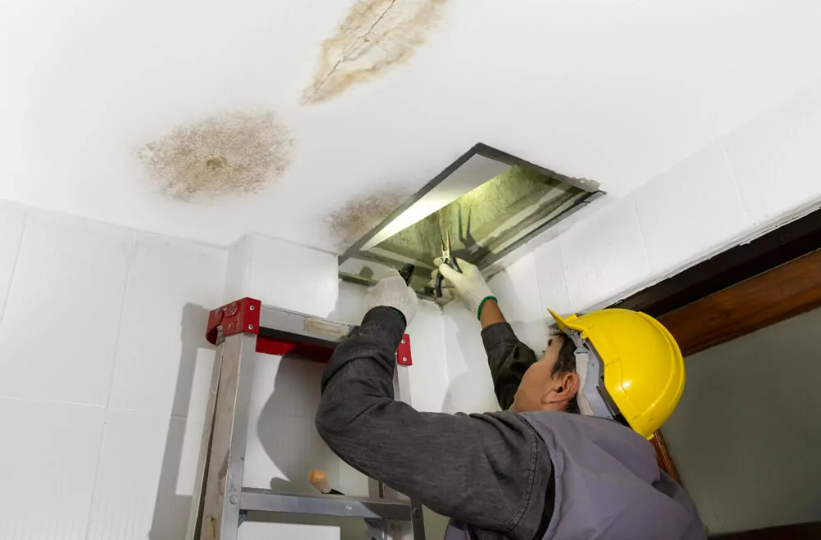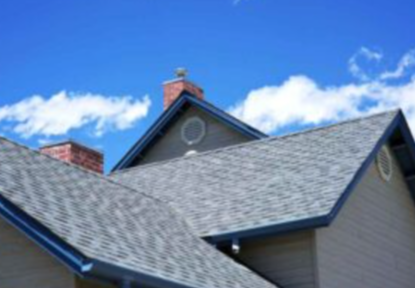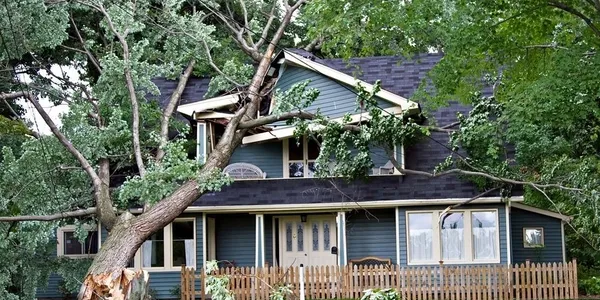When the Ceiling Drips: What to Do Before Mold Moves In
Water damage does not always arrive with a flood. In many homes throughout Tampa Bay, it begins quietly—with a drip, a stain, or a subtle musty smell. When drywall is exposed to moisture, it creates a perfect environment for mold to thrive. Quick action, measured responses, and methodical repairs are necessary to prevent small leaks from becoming larger problems. If you suspect damage, especially overhead or near walls, addressing the situation without delay can protect the value and safety of your home.
Know What Water-Damaged Drywall Looks Like
The signs of water damage are not always dramatic. Discoloration is often the first indicator, ranging from pale yellow to darker brown, sometimes with irregular shapes along seams or corners. Warped drywall may sag or bow, especially in ceiling sections, where gravity increases the strain on weakened materials. In other cases, paint may bubble or peel, and the wall or ceiling may feel soft when lightly pressed against it.
If a musty odor is present, mold may already be forming behind the surface. That smell, especially in enclosed spaces like laundry rooms or closets, suggests trapped moisture. The sooner you identify these signs, the easier it is to contain and resolve the issue.
Find and Stop the Source of the Moisture
Drywall does not become wet on its own. Whether the cause is a leaking pipe, a faulty roof shingle, condensation from air conditioning ducts, or poor exterior drainage, the moisture source must be located and stopped completely. Temporary repairs or assumptions can lead to repeated damage.
Interior plumbing leaks often occur behind walls and under sinks, while roof leaks may begin near chimneys or flashing. In homes with poor attic ventilation, humid air may condense on rafters and trickle down into ceiling materials. Professional inspection is often the most reliable way to detect the full scope of the problem. Without resolving the root cause, cosmetic repairs will not last.
See also: Shield Your Shelter: Smart Ways to Protect Your Home’s Structure
Assess Whether Drywall Can Be Salvaged
Drywall is a porous material. When exposed to water, it absorbs and retains moisture. If the water exposure was brief and minimal, drying the surface with fans and dehumidifiers may be possible. However, when the drywall shows signs of warping, softness, or separation at the seams, replacement is the only reliable option.
Drywall that has been wet for more than forty-eight hours is likely to support mold growth even if it appears dry. The interior fibers are difficult to treat once contaminated. In ceiling repairs, any insulation behind the drywall should also be checked. Insulation can trap moisture and must be removed if it shows signs of water exposure.
Remove Affected Sections Safely
Cutting into drywall requires caution. Electrical wiring, plumbing, and framing structures may be located behind the surface. If you are unsure of what lies beyond, it is wise to consult a professional before removing material. Use straight cuts along studs to make it easier to fit replacement pieces. All surrounding surfaces should be completely dry before any new drywall is installed.
Disposal of damaged drywall and insulation should be done with care. Double-bagging and sealing debris helps prevent the spread of mold spores during removal. Any tools or protective gear used should be cleaned thoroughly before reuse.
Clean and Dry All Surrounding Surfaces
After the damaged sections are removed, adjacent framing, trim, and ceiling panels should be cleaned and dried. Mold-inhibiting cleaners are available for use on wood, metal, and other nonporous surfaces. Drying equipment such as high-volume fans and dehumidifiers should run continuously for at least twenty-four to forty-eight hours, depending on conditions.
Confirm that all surfaces are dry to the touch and show no signs of discoloration before proceeding. Even a small pocket of remaining moisture can become a future mold source.
Replace Drywall and Prevent Future Issues
When conditions are dry and stable, new drywall can be installed and finished to match the surrounding area. Moisture-resistant materials may be appropriate for specific areas, such as bathrooms or basements. Primer and paint should not be applied until the new drywall is completely dry.
Consider steps to prevent recurrence. This may include installing vent fans, repairing exterior drainage, replacing aging plumbing connections, or sealing vulnerable roof seams. Preventive action adds long-term protection against future water intrusion.
Swift and thoughtful action can make the difference between a small repair and a larger restoration. If you suspect moisture damage, especially in ceiling areas, addressing the issue before mold sets in can spare you from further loss. Whether your home in Tampa Bay has experienced a sudden leak or slow buildup of moisture, professional ceiling and drywall repair can restore both function and appearance. For responsive service and expert craftsmanship, Ceiling Solutions Fast is a trusted resource ready to help.






